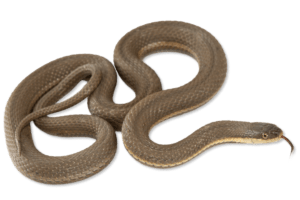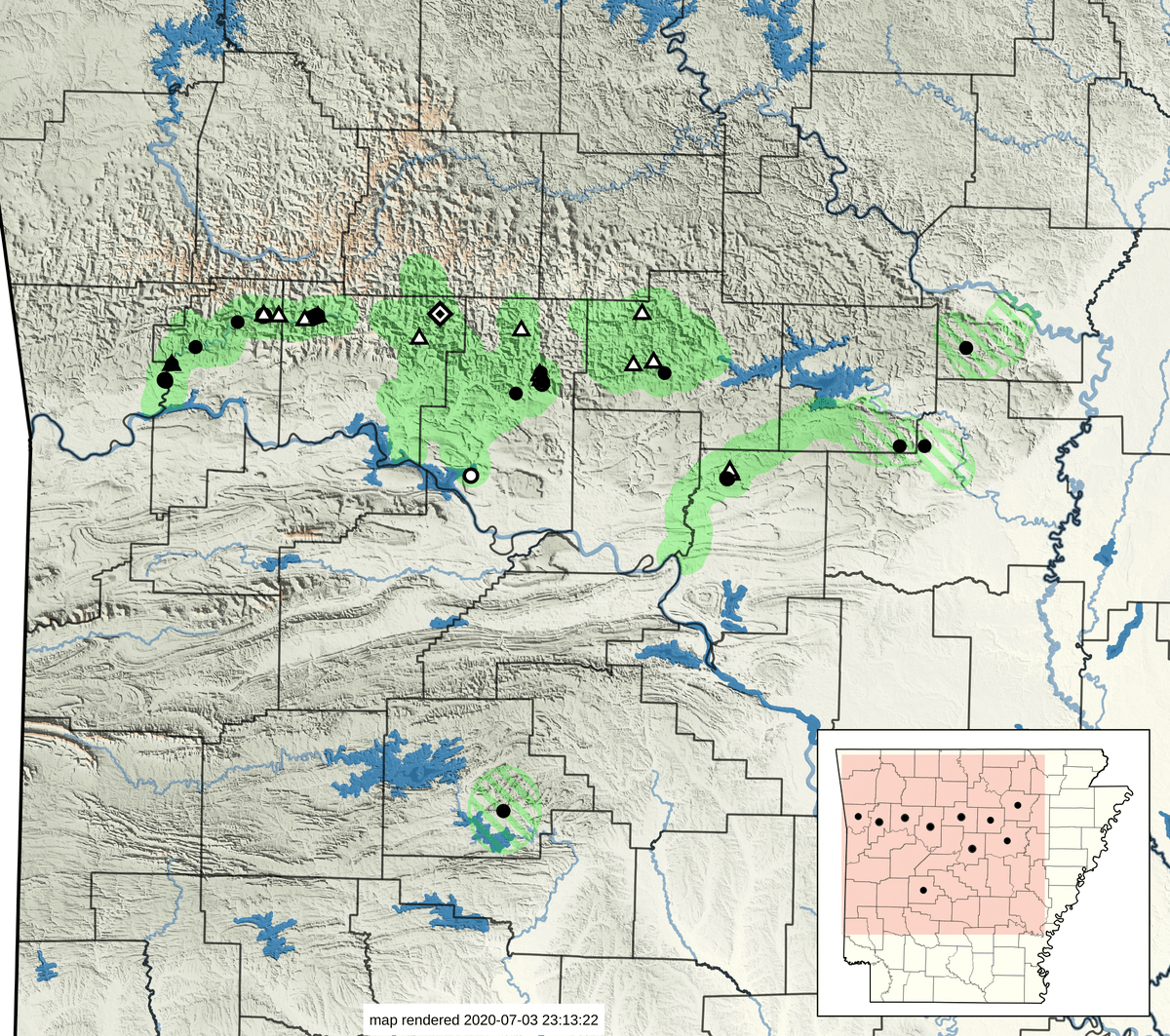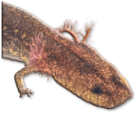

Arkansas Herpetological Atlas 2019
This species is represented by 68 records from 12 sources: 28 museum ( ), 0 literature (
), 0 literature ( ), 28 research (
), 28 research ( ), and 11 observation (
), and 11 observation ( ), with 1 additional Trauth et al. (2004) locality points remaining unsourced (
), with 1 additional Trauth et al. (2004) locality points remaining unsourced ( ). It has been museum vouchered for 10 of 75 counties (
). It has been museum vouchered for 10 of 75 counties ( ). Years of collection range from 1895 to 2017.
). Years of collection range from 1895 to 2017.
This species inhabits southward- and eastward-flowing rivers and streams draining the Boston Mountains and portions of the Arkansas Valley north of the Arkansas River. Waterways of confirmed occurrence include the Mulberry River, Little Piney Creek, Big Piney Creek (Trauth et al., 2004, unsourced), Illinois Bayou, North Fork Illinois Bayou, Cadron Creek, South Fork Little Red River, Archey Creek, and historically from Big Creek (dated 1981 and 1982) and Salado Creek (dated 1967 and 1969). A 2016 photographic report of an adult specimen found amongst embankment riprap near the confluence of the Illinois Bayou with Lake Dardanelle suggests that further surveys around the margins of Lake Dardanelle may be warranted. Hints of more northerly occurrence in Arkansas come from an anecdotal in-hand observation from a small tributary of Holman Creek just west of Huntsville, Madison County (K. G. Roberts, pers. obs., 1980s) and a series of three museum voucher specimens from Stone County, Missouri (AMNH 46801-46803 from 1927). Multiple historical records come from Hot Springs, Garland County, where this species was reported to be common in 1895 (Strecker, 1924; Conant, 1960). However, it has no confirmed documentation from there, or elsewhere in the Ouachita Mountains, in the past 100 years.

































